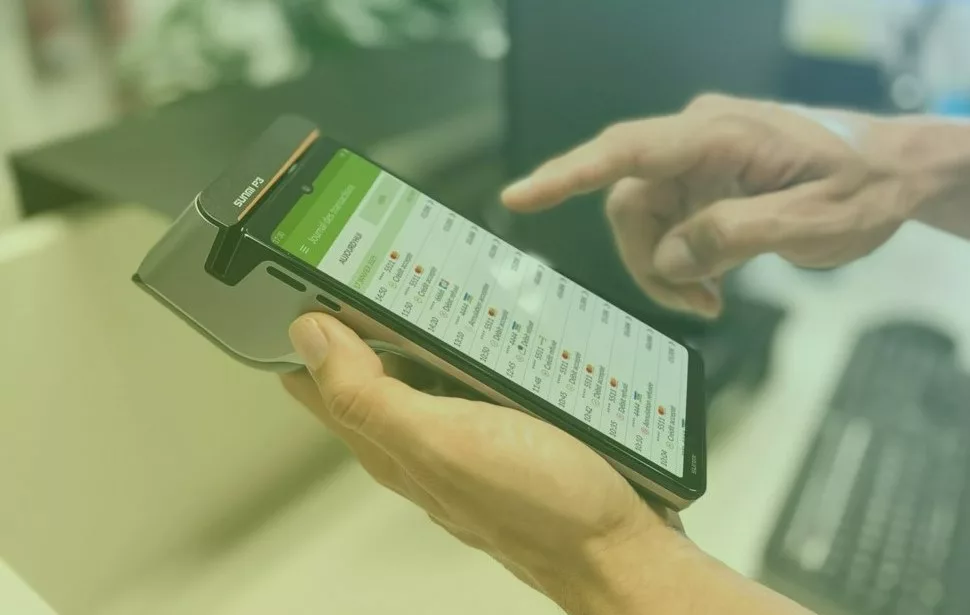The world of fintech is being updated at full speed with new channels and online payment methods. In this context, e-commerce has become an airstrip that is constantly being updated to adapt to the needs of the increasingly demanding market and consumers.
Having different payment methods in an online business is key for the customer to feel comfortable when making the payment and to finally materialize a purchase intent. Be a competitive and innovative eCommerce, adopting the payment solutions that best fit your business.
Let’s get started!
Getting to know the various payment methods
There is only one online payment method, as such, and that is the payment gateway. It automatically transfers money from the customer’s account to yours and its verification is automatic. Two examples: PayXpert and PayPal. This service is implemented in online shops in order to make the payment process easier for customers. The final user experience will depend on the type of gateway you use in your business. Some advantages of gateways are:
- Bringing together all payment methods on a single platform.
- Offering payment methods tailored to the needs of potential customers.
- Streamlining collections.
- Offering a great shopping experience to consumers.
- Attracting new lead segments.
- Troubleshooting payments.
- Reducing the level of card fraud.
- Minimising errors.
- Increasing the security of the online business.
- Increasing trust and attractiveness.
- Greater satisfaction.
Multiple payment methods can be integrated into the payment gateway, such as:
- The virtual POS, to accept payments anytime, anywhere.
- Payment by voice (PCI IVR), SMS, email and QR code.
- Alipay and WeChat Pay, alternative methods with which Chinese users can make the payment from their Smartphone.
When it comes to payment methods without a gateway, the customer sends the money to the shop by an external means, which entails manual purchase verification:
- Cash on delivery. It is a method used in distance sales and it consists of paying the cost of the order online directly to the person who delivers it to our home.
- Transfer. This payment method involves giving an order to the bank to transfer funds from our account to that of an online shop to pay for a purchase.
- Payment by card. For a long time, card payments have been associated exclusively with traditional plastic cards, but technological advances now offer new ways of making these payments. For example: with card transactions at the physical or online point of sale, used in eCommerce.
- Bizum. This application has become very popular in recent years and allows payments and collections to be made between individuals. It is often used when users do not have cash, without the need to know the account number of the payee.
The main difference between payment gateways and other independent methods is that, with the gateway, the shop does all the work of purchasing, verifying, etc., while with the rest of independent methods you have to send the customer to make the transfer outside the shop and then check that it has been done successfully, among other things. All of this, in the end, translates into a loss of time and complexity for both the shop and the client. With the payment gateway, orders will be confirmed with just a few clicks.
New payment methods are increasingly essential for you to succeed in e-commerce and make your customers feel satisfied.
Most popular payment platforms
It can be connected to different applications or platforms. Perhaps the most popular so far has been PayPal, which was born with the intention of making payments online in a simple way. In its early days, when online payments still generated a great deal of mistrust, this platform added an extra layer of security so that users were more protected against impersonation, and even worked securely.
Over the years, as payment gateways became more popular, new platforms were born, such as Stripe or Redsýs, which allowed card payments to be made with a few clicks or verification in just a few steps. And they weren’t the only ones. PayXpert is a gateway that integrates multiple payment methods and a dashboard from which to control the operation of our business. It offers innovative payment methods to optimise conversion and minimize risk.
In short, there are many options to integrate into our eCommerce, and your choice will depend on the needs of the business and your potential customers, among other things. These payment gateways are an essential part for today’s commerce, both physically and electronically, a phenomenon that is further strengthened with digital natives and digitally evolved consumers.
One of the most important strategies for eCommerce today is the implementation of integrated multi-bank or multifunctional systems internationally. And better still, multichannel and multicurrency. Only then will you be able to give the customers the opportunity to choose the method with which they want to pay for their purchases.
Customer behaviour
Users have adapted to new technologies, especially those related to the use of the Smartphone. It is no coincidence that most payments are made with the mobile phone or by card and not so much in cash.
Adapt your payments to the circumstances and allow your customers to pay the way they want. Payment gateways bring great advantages for both your online shop and for the consumer.
Are you able to meet the needs of your customers? What are their preferred payment methods?
Tell us about it.




